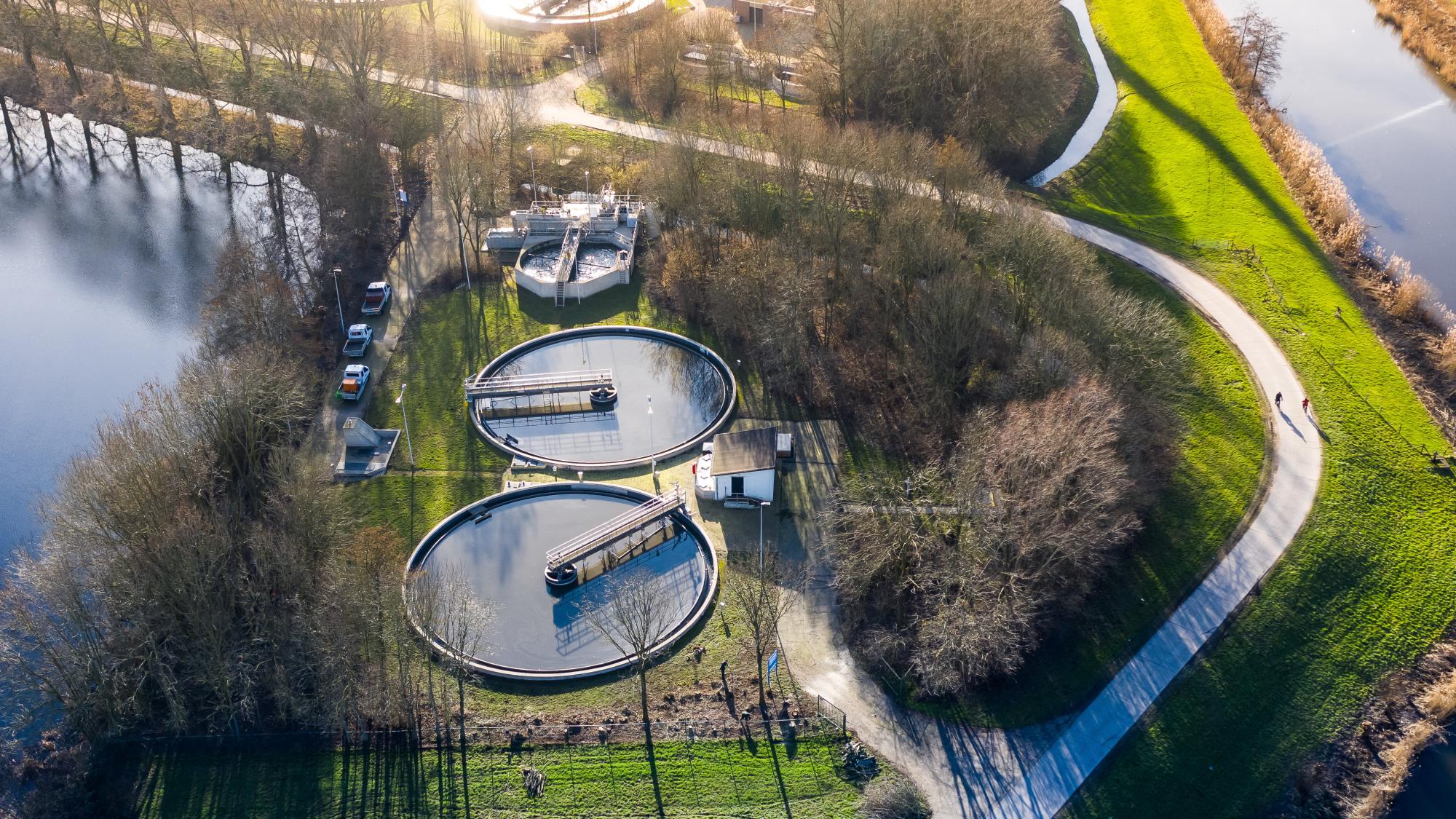SanMic
Funders


Project information
Project duration
-
Funded by
Other Finnish
Project funder
Funding amount
168 000 EUR
Project coordinator
University of Oulu
Unit and faculty
Contact information
Project leader
- Senior Research Fellow
Other persons
- Associate professor (Ten. track)
- Postdoctoral researcher
- Doctoral Researcher
- Doctoral Researcher
Project description
The contribution of sanitation-related contamination to the status of water bodies is an important issue, especially in areas containing sensitive aquatic ecosystems. In addition to nutrients and organic matter, effluents of wastewater treatment plants (WWTPs) are also known to contain other contaminants such as pathogens and micropollutants. The environmental impacts related to the presence of micropollutants such as pharmaceuticals and personal care products in the environment are not yet well known and are challenging to foresee due to the vast number of substances included in this category. Nonetheless, evidence exists of micropollutant occurrence and accumulation in the environment, leading to significant impacts.
Data regarding the occurrence of micropollutants in the influent and effluents of WWTPs and the receiving environment in Finland is scarce. When available, the data is restricted mainly to sampling events limited to a small number of WWTPs located mainly in the south of the country. Therefore, the presence and possible impacts of sanitation-derived micropollutants in Finnish waters cannot currently be completely assessed. Neither can the effectiveness of Finnish WWTPs regarding the removal of micropollutants and the impact of the revised Directive in different-sized Finnish wastewater treatment utilities be predicted.
SanMic project has two main objectives:
1. To produce critical data on the occurrence of micropollutants in sewage water, WWTP effluents and the receiving environment. The goal is to provide information that will enable utilities to prepare for changes in monitoring and treatment requirements due to changes in regulation. An additional aim is to create a spatial dataset of micropollutant removal levels in WWTPs using different purification processes to better understand the environmental load of different WWTPs. Implementation of tasks aiming at reaching this objective is done in close collaboration with utilities in Northern Finland, municipalities, decision makers and regulators.
2. To investigate the possibility of using the occurrence of sewage-derived micropollutants in aquatic ecosystems as indicators for contaminant source identification. The aim is to investigate the characteristics of different micropollutants which promote their mobility and persistence and to create guidelines on how their occurrence can be used to identify and quantify the contribution of sanitation systems as contaminant sources.
Project actions
For its implementation, the project brings together the University of Oulu and several groups of stakeholders. The research and communication tasks have been allocated into 4 work packages (WP).
WP1 – Sampling and data gathering (conducted in close collaboration with utilities, which will perform most of the sampling).
WP2 – Assessment of wastewater treatment plants' purification efficiency.
WP3 – Identification of sanitation as a source of water pollution (conducted in close collaboration with the Rokua community for site selection).
WP4 – Communication and dissemination (which includes several stakeholder events).